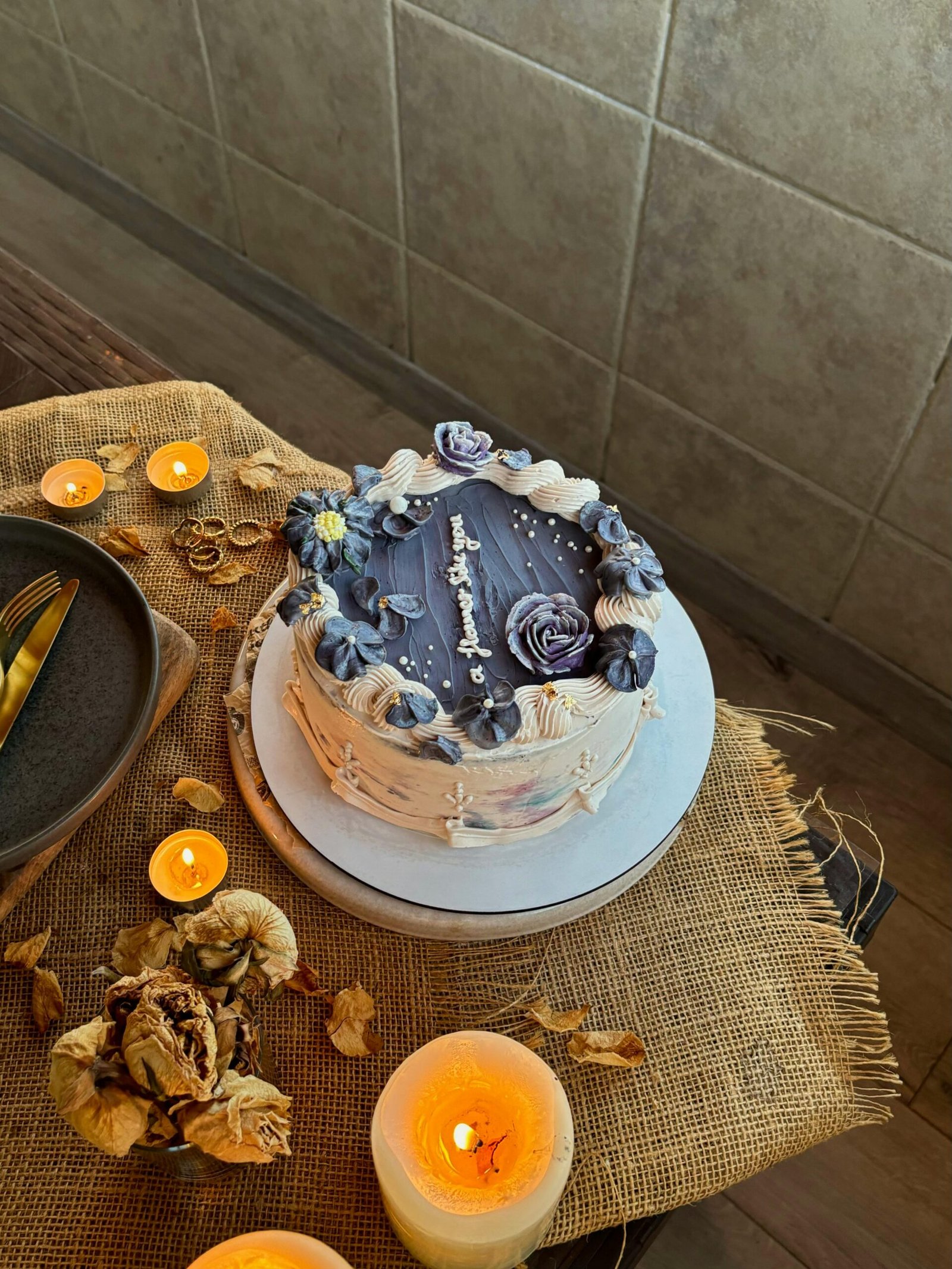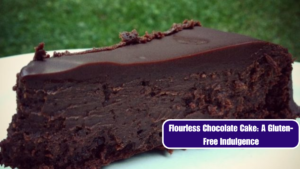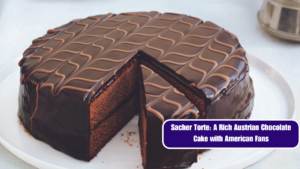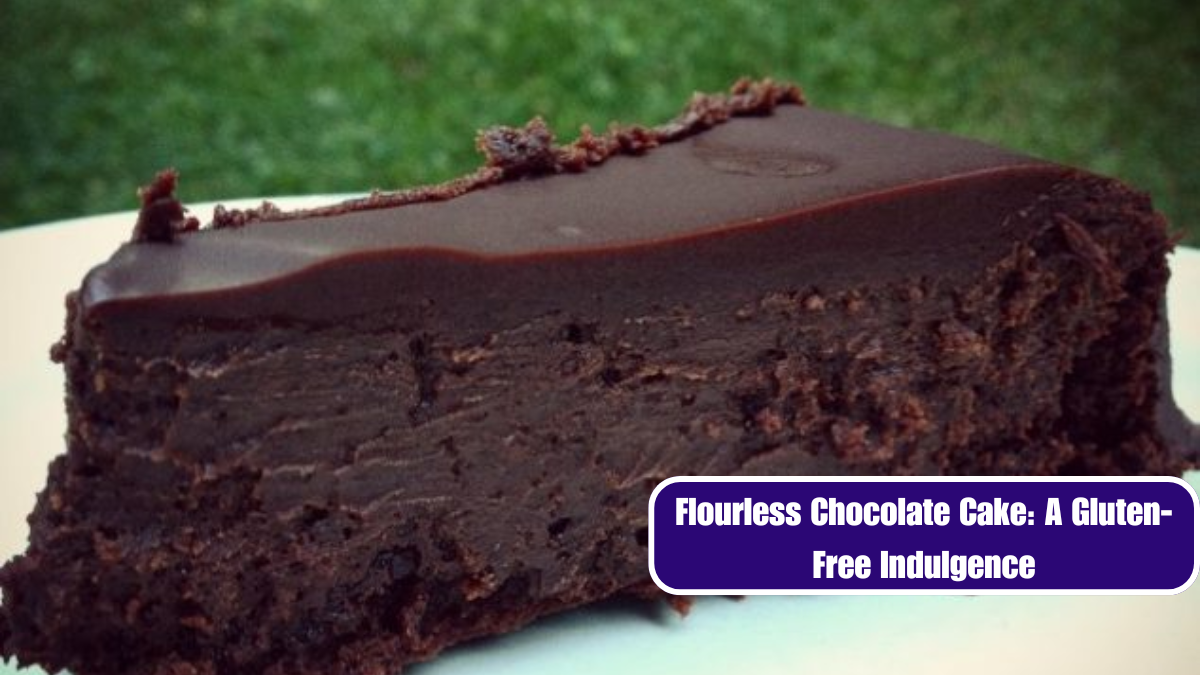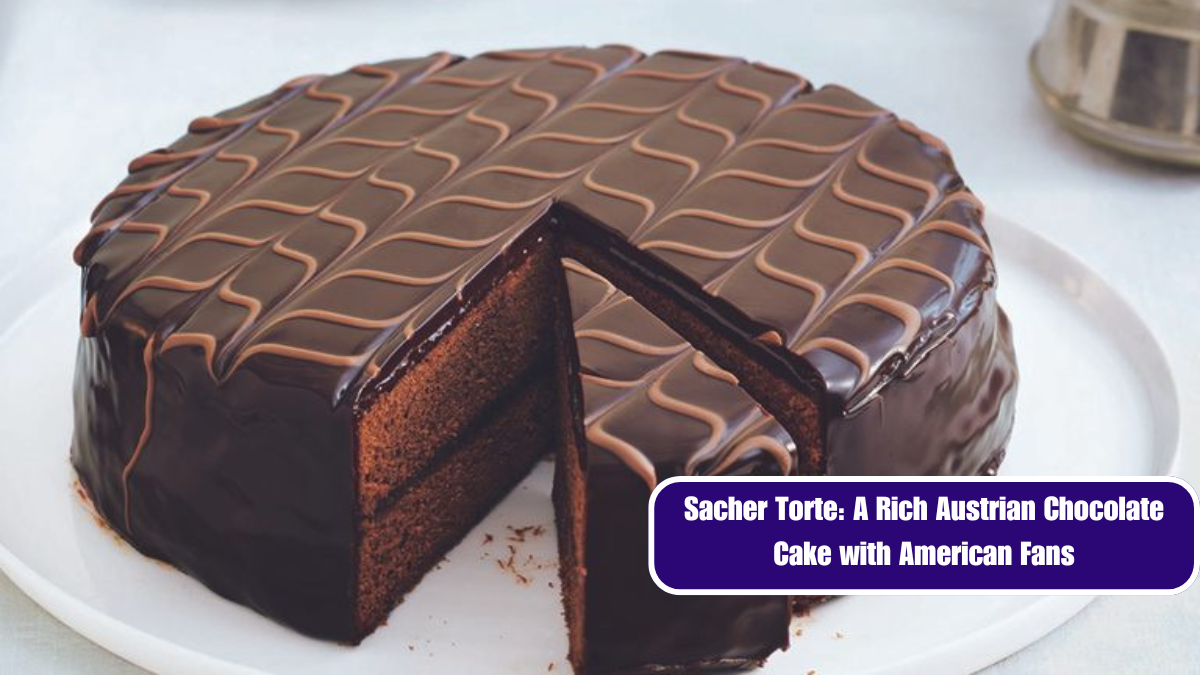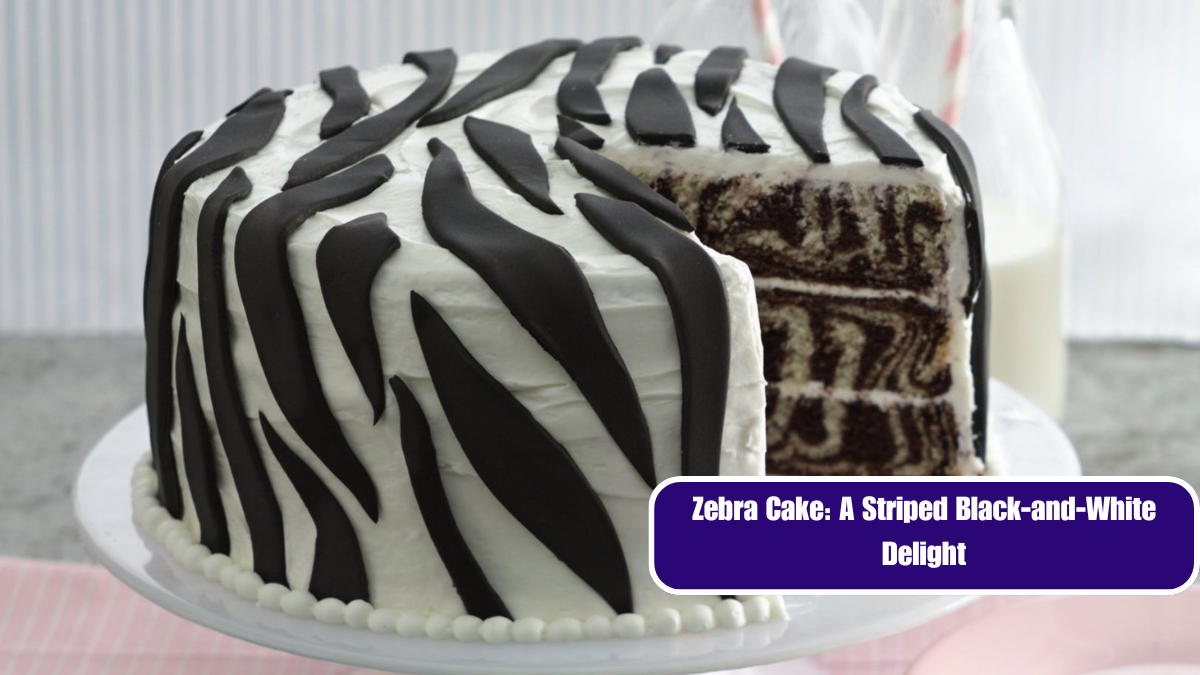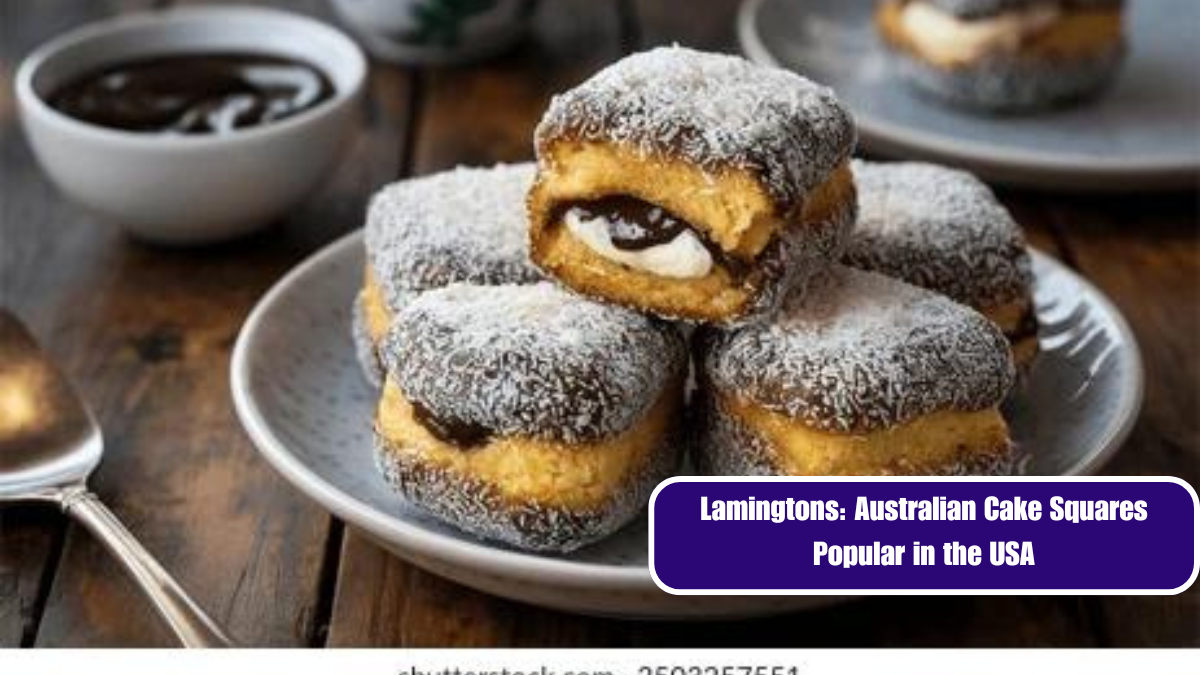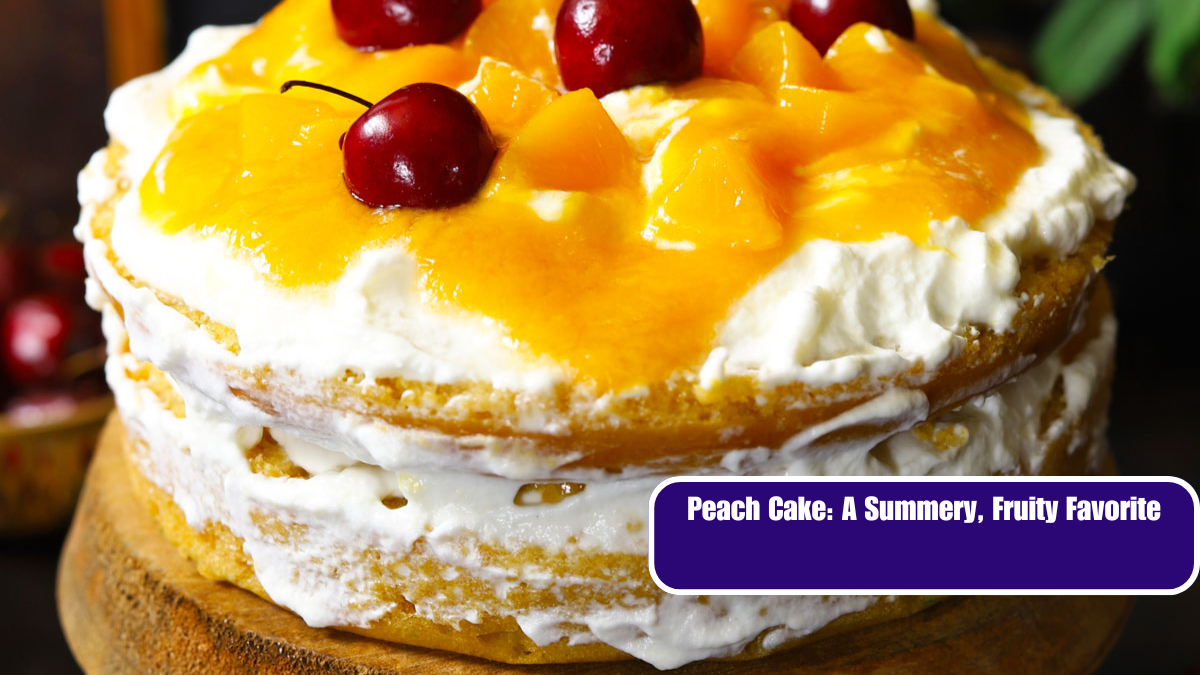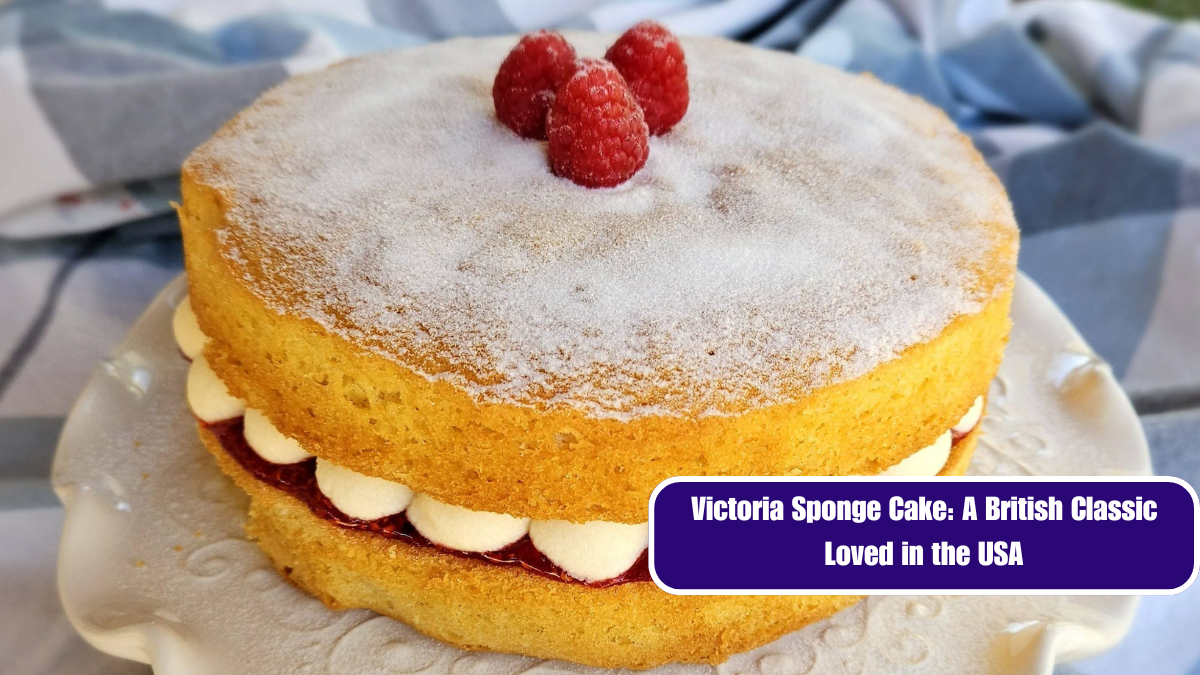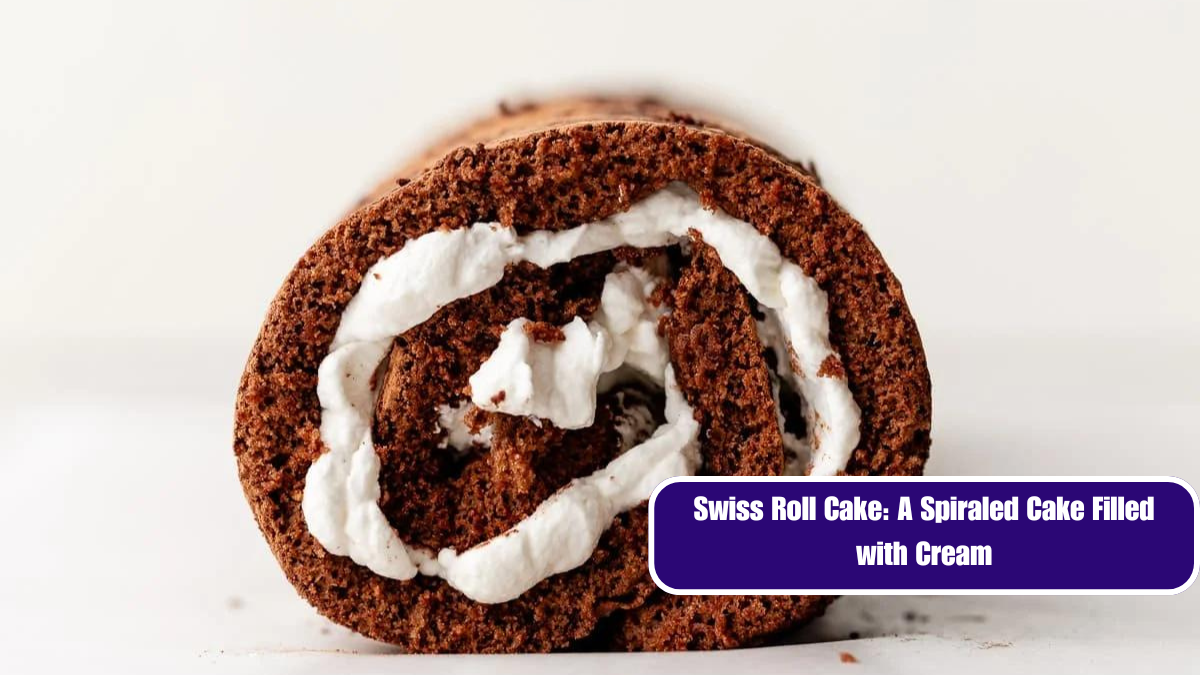Angel Food Cake is the epitome of light, airy desserts, cherished for its delicate texture and subtle sweetness. This cake, named for its ethereal qualities, has been a beloved treat for generations, often evoking images of heavenly delights and angelic indulgence. But what makes this cake so special, and how can you achieve that perfect, fluffy texture in your own kitchen? Let’s delve into the world of Angel Food Cake and uncover the secrets to its celestial charm.
A Taste of Heaven: What Is Angel Food Cake?
Angel Food Cake is a type of sponge cake known for its airy and fluffy texture. Unlike traditional cakes that rely on butter and baking powder or soda, Angel Food Cake uses only egg whites, sugar, and flour. The result is a cake with a light and spongy texture that melts in your mouth, almost as if it’s floating on air.
The absence of fat in the cake’s ingredients is key to its delicate nature. The egg whites are whipped into stiff peaks, creating a meringue that gives the cake its volume. When baked, this meringue holds its structure, resulting in a cake that’s both light and tender.
The Ingredients and Their Role
- Egg Whites: The star of the show, egg whites, must be whipped until they form stiff peaks. This process is crucial as it creates the airiness that characterizes Angel Food Cake. Ensure your mixing bowl and beaters are grease-free, as even a tiny bit of fat can prevent the whites from reaching their full potential.
- Sugar: Sugar not only sweetens the cake but also stabilizes the meringue. It should be added gradually to the egg whites to ensure it dissolves completely, preventing a gritty texture.
- Cake Flour: Unlike all-purpose flour, cake flour has a lower protein content, which contributes to the cake’s light and tender crumb. It’s sifted to further enhance the cake’s fluffiness.
- Cream of Tartar: This acidic ingredient helps stabilize the egg whites, making them more resilient during the whipping process. It also contributes to the cake’s fine texture.
The Baking Process
Baking Angel Food Cake requires a few specific techniques to achieve the best results. The batter should be poured into an ungreased tube pan, which allows the cake to climb the sides and develop its signature height. It’s essential to avoid greasing the pan, as the batter needs to cling to the pan’s sides to rise properly.
Baking time and temperature are critical. The cake is usually baked at a moderate temperature (around 350°F or 175°C) until it’s golden brown and springs back when touched. To test for doneness, you can use a toothpick—if it comes out clean, the cake is ready.
Cooling and Serving
Once baked, Angel Food Cake should be cooled upside down. This cooling method helps to maintain the cake’s height and prevents it from collapsing. After cooling completely, the cake can be easily removed from the pan by running a knife around the edges.
Angel Food Cake is incredibly versatile and can be served plain or with a variety of toppings. Fresh fruit, whipped cream, or a dusting of powdered sugar are popular choices. For an added touch of decadence, consider pairing the cake with a fruit compote or a light glaze.
Tips for Perfecting Your Angel Food Cake
- Room Temperature Ingredients: Make sure your egg whites are at room temperature for the best volume when whipping.
- Avoid Overmixing: Overwhipping can lead to a dry texture. Stop as soon as stiff peaks form.
- Sift Flour and Sugar: Sifting helps to prevent lumps and ensures an even distribution throughout the batter.
- Handle With Care: Be gentle when folding the ingredients together to preserve the air bubbles in the batter
Angel Food Cake is more than just a dessert; it’s a celebration of lightness and simplicity. Its delicate, fluffy texture and subtly sweet flavor make it a versatile treat for any occasion. Whether you enjoy it plain, topped with fresh berries, or adorned with a dollop of whipped cream, this cake remains a heavenly choice that’s sure to delight anyone who tries it.
